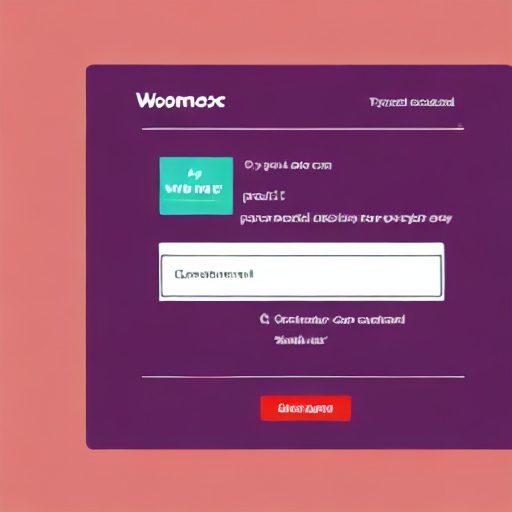Software Feature
WooCommerce Checkout Page

WooCommerce Checkout Page: A Software Feature for E-commerce
The WooCommerce checkout page is a critical software feature in e-commerce websites powered by the WooCommerce platform. It is the final step of the purchasing process, where customers provide payment and shipping information to complete the transaction. The checkout page is designed to be user-friendly, secure, and efficient, ensuring customers a smooth and seamless checkout experience.
Secure Payment and Shipping Information
The WooCommerce checkout page is where customers enter payment details, such as credit card information, or select alternative payment methods. It utilizes secure encryption protocols to protect sensitive data and ensure secure transactions. Additionally, customers provide shipping information, including the delivery address and preferred shipping method, to ensure accurate order fulfillment.
Order Summary and Review
The checkout page comprehensively summarizes the customer’s order, including item details, quantities, pricing, and applied discounts. This allows customers to review their orders before finalizing the purchase, ensuring accuracy and transparency. Customers can make any necessary adjustments, such as modifying quantities, removing items, or applying additional coupon codes directly from the checkout page.
Guest Checkout and Account Creation
WooCommerce checkout pages offer flexibility by allowing customers to proceed with a guest checkout option, requiring minimal information. However, customers also have the opportunity to create an account during the checkout process, which provides benefits like order history tracking and more accessible future purchases. This versatility caters to different customer preferences and encourages repeat purchases.
Order Confirmation and Communication
Once the checkout process is complete, customers receive order confirmation, providing them with their purchase details. The checkout page may also offer options for customers to sign up for email newsletters or subscribe to updates related to their orders. This helps establish ongoing customer communication channels, fostering engagement and providing post-purchase support.


